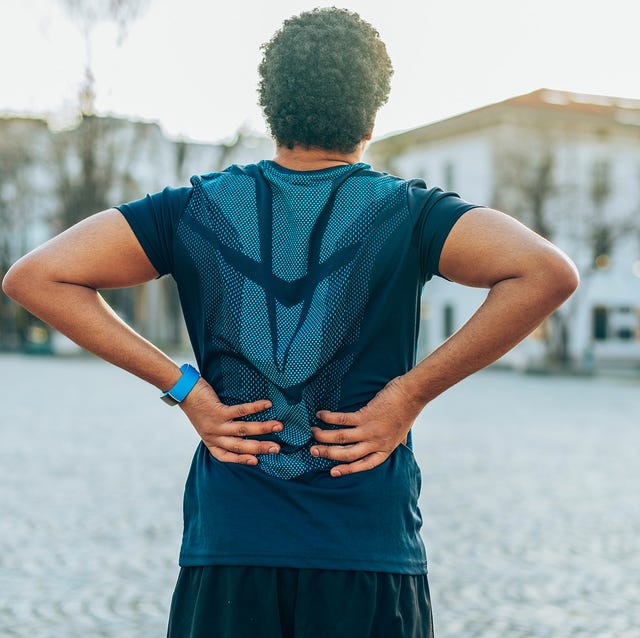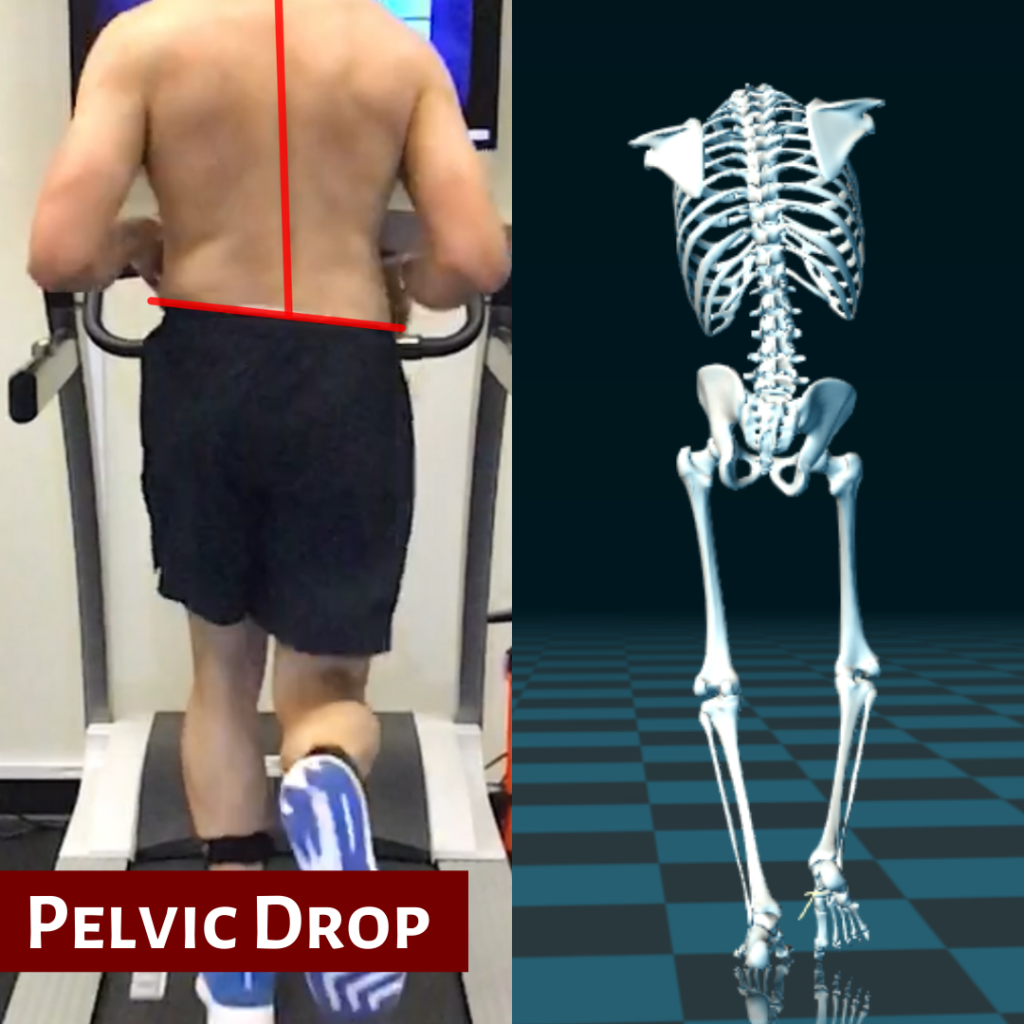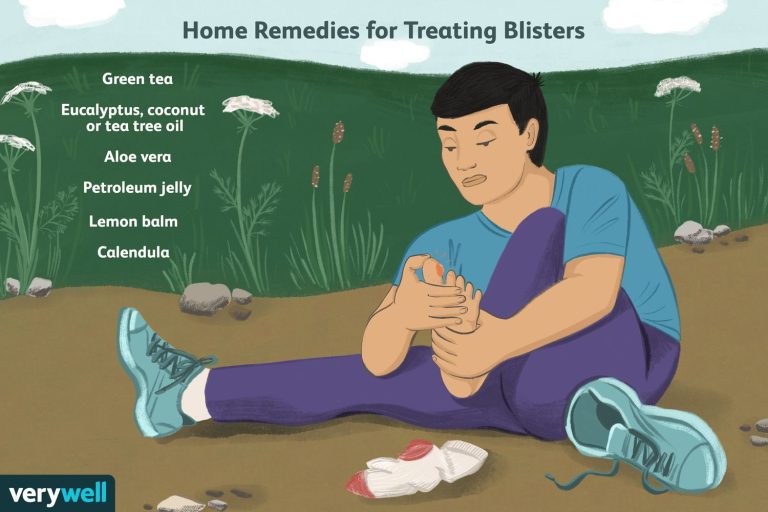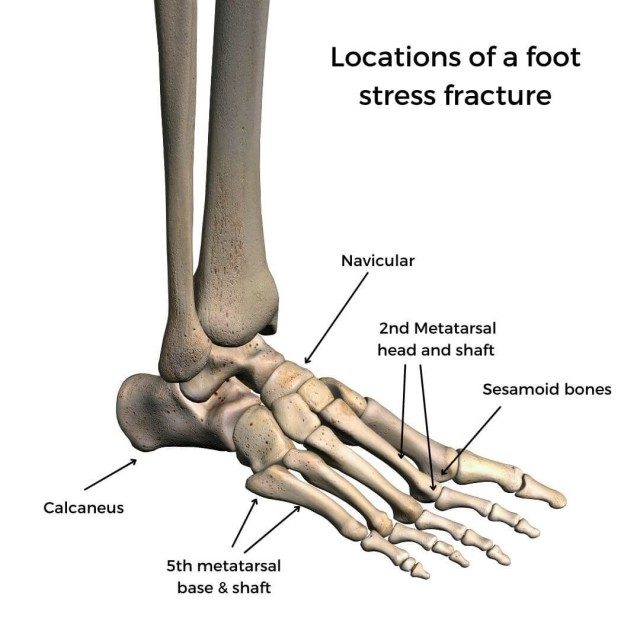Lower Back Pain From Running (Causes+ How to Fix It)
Lower back pain from running is often caused by muscle imbalances or poor form. To fix it, focus on strengthening core muscles and improving running biomechanics.
Running with proper posture and incorporating stretching and strength training can help alleviate and prevent lower back pain. Understanding the root causes and making corrective adjustments is crucial for long-term pain relief and improved running performance. By addressing these issues proactively, runners can avoid chronic discomfort and continue enjoying the benefits of this popular sport.
:max_bytes(150000):strip_icc()/lower-back-pain-when-lying-down-5100822_final-b8e26a80dfc2427e9a1abc141cb9967f.jpg)
Credit: www.verywellhealth.com
Causes Of Lower Back Pain From Running
Lower back pain is a common issue for runners and can be caused by various factors. It’s important to understand the causes of lower back pain from running in order to address the problem effectively. Below are the primary reasons why runners experience lower back pain and how to fix them.
Poor Running Form
Poor running form can place excessive strain on the lower back. When runners have improper posture, such as leaning too far forward or backward, it can lead to increased stress on the lumbar spine. This can result in muscle fatigue and discomfort. Focusing on maintaining proper posture and engaging the core can help alleviate lower back pain.
Muscle Imbalances
Muscle imbalances in the lower back and hips can also contribute to pain during running. Weak or tight muscles can affect the alignment of the spine and pelvis, leading to discomfort. Addressing muscle imbalances through targeted stretching and strengthening exercises can help reduce the strain on the lower back.
Inadequate Warm-up
An inadequate warm-up before running can increase the risk of lower back pain. Without proper preparation, the muscles and connective tissues may not be sufficiently primed for the demands of running, leading to increased stress on the lower back. Incorporating dynamic stretches and mobility exercises into the warm-up routine can help prevent lower back pain.
Overtraining
Overtraining can place undue stress on the lower back, leading to pain and potential injury. Pushing the body beyond its capacity without allowing for adequate rest and recovery can exacerbate existing issues or create new ones. Balancing training intensity and incorporating rest days is crucial in preventing overuse injuries, including lower back pain.
Inappropriate Footwear
Wearing inappropriate footwear while running can also contribute to lower back pain. Ill-fitting or worn-out shoes can impact the body’s alignment and shock absorption, leading to increased stress on the lower back. Investing in proper running shoes that provide adequate support and cushioning can help alleviate lower back pain.
Preventing Lower Back Pain From Running
Improper form can strain the lower back.
Improve Running Form
Maintain a straight back and relaxed shoulders.
Balance Muscle Strength
Engage in core-strengthening exercises regularly.
Proper Warm-up
Warm up with dynamic stretches before running.
Gradual Training Progression
Increase mileage slowly to prevent overexertion.
Choose Appropriate Footwear
Invest in supportive shoes that suit your running style.
Exercises To Strengthen The Core
Strengthen your core to alleviate lower back pain from running. These exercises target the muscles supporting your spine, providing relief and preventing future discomfort.
Exercises to Strengthen the Core To alleviate lower back pain from running, incorporating core-strengthening exercises is key. A strong core helps support the spine, improving running performance and reducing the risk of injuries.Plank
Plank exercise targets abdominal muscles and lowers back pain. Hold position for 20-30 seconds.Superman
Superman exercise engages back extensors and strengthens core. Hold position for 10-15 seconds.Bridges
Bridges exercise targets glutes and lower back muscles. Perform 10-15 repetitions.Russian Twists
Russian twists work obliques and improve core stability. Perform 10-12 twists per side.Dead Bugs
Dead bugs exercise enhances coordination and strengthens core muscles. Perform 8-10 repetitions per side.Incorporating these core-strengthening exercises into your workout routine can help prevent and alleviate lower back pain related to running.

Credit: www.runnersworld.com
Stretching And Flexibility
Flexibility plays a crucial role in preventing and alleviating lower back pain from running. Incorporating specific stretching exercises into your routine can help enhance flexibility in key muscle groups, reducing the risk of injury and discomfort.
Hamstring Stretches
Tight hamstrings can contribute to lower back pain. Performing hamstring stretches, such as toe touches or seated hamstring stretches, can help improve flexibility and reduce strain on the lower back.
Hip Flexor Stretches
Hip flexor tightness can lead to imbalances in the pelvis, causing lower back pain. Incorporate exercises like lunges or kneeling hip flexor stretches to help stretch and loosen these muscles.
Piriformis Stretches
A tight piriformis muscle can compress the sciatic nerve, leading to lower back discomfort. Try piriformis stretches such as the pigeon pose or seated piriformis stretch to relieve tension and enhance flexibility.
Quadriceps Stretches
Strong quadriceps can pull the pelvis forward, altering the alignment of the spine. Include stretches like standing quadriceps stretch or lying quadriceps stretch to counteract this imbalance.
Glute Stretches
Tight glutes can contribute to lower back pain, so performing glute stretches such as figure-four stretch or seated glute stretch can help loosen these muscles and reduce strain on the lower back.
Regularly incorporating these stretching exercises into your routine can help improve flexibility and alleviate lower back pain related to running.
Recovery Techniques For Lower Back Pain
Struggling with lower back pain from running? The main causes include muscle strain and improper form. To fix it, try recovery techniques like stretching, foam rolling, and strengthening exercises. It’s important to address the root cause and gradually increase activity level to prevent future pain.
Rest And Ice Therapy
When it comes to recovering from lower back pain caused by running, rest and ice therapy can provide much-needed relief. Resting allows the body to heal and reduces further strain on the back muscles. Applying ice to the affected area helps reduce inflammation and provides temporary pain relief. To implement this technique, you can follow these simple steps: 1. Take regular breaks: Make sure to incorporate short breaks while engaging in physical activities to prevent overexertion on the lower back muscles. 2. Apply ice packs: Place an ice pack or a bag of frozen vegetables wrapped in a thin cloth on the affected area for 15-20 minutes every 2-3 hours. 3. Avoid heat therapy initially: Heat can exacerbate inflammation, so it is advisable to refrain from using heating pads or hot compresses during the acute phase of lower back pain.Massage And Foam Rolling
Massage and foam rolling techniques can help alleviate lower back pain by increasing blood flow, reducing muscle tension, and promoting relaxation. Here’s how you can incorporate these techniques into your recovery routine: 1. Self-massage: Use your fingertips or a massage ball to gently massage the affected area in a circular motion. Start with light pressure and gradually increase if comfortable. 2. Foam rolling: Lie down on a foam roller and roll it up and down along your lower back, applying moderate pressure on any sore spots. Remember to breathe deeply and relax during this process.Physical Therapy
Physical therapy plays a crucial role in recovering from lower back pain caused by running. It involves targeted exercises and stretches that improve flexibility and strengthen the muscles supporting your lower back. Consult a physical therapist who can guide you through a personalized plan tailored to your specific needs. Here are some common physical therapy exercises that may be beneficial: – Pelvic tilts: Lie on your back with knees bent and gently rock your pelvis back and forth. – Cat-Cow stretch: Get on all fours, arch your back up like a cat, and then slowly lower it down to a cow-like position. – Bird dog exercise: Start on your hands and knees, and then lift and extend one arm and the opposite leg while keeping your back straight.Proper Sleep And Nutrition
Getting adequate sleep and maintaining a balanced diet are often overlooked but essential aspects of recovery. Here’s why they matter and how to incorporate them into your routine: 1. Sleep quality matters: Ensure you have a comfortable mattress and pillows that support proper spinal alignment. Aim for 7-8 hours of uninterrupted sleep each night to allow your body to heal and reduce muscle tension. 2. Nourish your body: Consume a balanced diet that includes fruits, vegetables, lean proteins, and whole grains. These provide essential nutrients for tissue repair and overall well-being. Stay hydrated by drinking enough water throughout the day.Stress Management
Stress can contribute to muscle tension and exacerbate lower back pain. By implementing stress management techniques, you can reduce the strain on your lower back muscles and aid in recovery. Here are some strategies to try: – Deep breathing exercises: Practice deep breathing techniques to promote relaxation and decrease muscle tension. – Meditation or mindfulness: Engage in activities that help you stay present and calm your mind, such as meditation or mindfulness practices. – Engage in hobbies: Dedicate time to activities you enjoy, as they can help alleviate stress and take your mind off the pain. Implementing these recovery techniques for lower back pain can assist in alleviating discomfort and promoting healing. Remember to consult a healthcare professional or physical therapist to ensure these techniques are suitable for your specific condition.
Credit: www.dynamicrunner.club
Frequently Asked Questions Of Lower Back Pain From Running (causes+ How To Fix It)
Why Does Running Cause Lower Back Pain?
Running can cause lower back pain due to muscle imbalances, poor posture, or repetitive impact on the spine.
How Can I Prevent Lower Back Pain From Running?
To prevent lower back pain from running, ensure proper warm-up, strengthening core muscles, and maintaining good running form.
What Exercises Can Help Alleviate Lower Back Pain From Running?
Exercises such as bird dog, hip bridges, and planks can help strengthen the core and reduce lower back pain from running.
Conclusion
Lower back pain from running can stem from various causes, including poor posture, muscle imbalances, and overtraining. By incorporating proper stretching, strength training, and rest into your routine, you can help prevent and alleviate this discomfort. Listening to your body and seeking professional guidance can also lead to long-term relief and improved performance.







